- Regenerative braking in electric vehicles saves energy during deceleration.
- CHMSL (third brake light) effectiveness for electric cars needs improvement.
- Standardizing brake light actuation in electric vehicles is essential for safety.
Electric vehicles (EVs) are not only changing the way cars are powered, they bring about features we never had to deal with before. Most electric cars and electric motorcycles have regenerative braking, which means the motor is used to put some power back into the battery when you are slowing down. And depending on how it is implemented, it can slow the car very rapidly.
ADVERTISEMENT
Efficiency Boost: Unraveling Regenerative Braking in Electric and Hybrid Vehicles
Regenerative braking is a unique feature found in electric and hybrid-electric vehicles that enables them to recapture electricity during deceleration. Unlike traditional braking systems, which dissipate a significant amount of energy as heat, regenerative braking helps minimize energy wastage, leading to increased fuel efficiency and reduced wear on the brakes, particularly in traffic conditions.
In EVs, regenerative braking is executed by the electric motor, partially eliminating the need for excessive use of conventional brakes.
Regenerative Braking: Harnessing Kinetic Energy to Recharge the Battery
When the driver releases the accelerator pedal, the flow of electricity from the battery to the motor ceases. However, the motor’s rotating component (the rotor) continues to spin along with the vehicle’s wheels as it remains in motion.
ADVERTISEMENT
In this scenario, the motor transforms into a generator, utilizing the kinetic energy from the spinning rotor to convert it back into electrical energy, which is then fed back into the battery. Simultaneously, the rotor’s resistance slows down the vehicle, facilitating controlled deceleration.
Efficient Braking in EVs: Balancing Regenerative and Friction Braking through Torque Blending
While EVs are equipped with disc brakes as a safety backup, they are mainly reserved for specific situations such as motor failures or at low speeds, where the regenerative braking may not provide sufficient braking force. At high speeds, disc brakes may also be employed to stop more quickly and prevent excessive strain on the motor during sudden stops.
To achieve a seamless balance between friction braking (utilizing the disc brakes) and regenerative braking, EVs employ a technique called “torque blending.” This method smoothly combines both types of braking, and EV drivers hardly notice any difference in the overall braking experience, similar to how it feels in an automatic transmission car.
ADVERTISEMENT
While some specialized EVs, like electric trucks being developed by Swiss companies, can generate more electricity than they use during deceleration, this level of efficiency is not achievable in regular consumer electric vehicles. Despite their impressive energy conversion efficiency compared to gas-powered cars, there are still unavoidable energy losses due to factors such as heat dissipation, vibrations, sound energy, and aerodynamic drag during both acceleration and deceleration.
In summary, regenerative braking represents a significant step forward in energy conservation for electric and hybrid-electric vehicles. By harnessing the kinetic energy that would otherwise be wasted during braking, this innovative system contributes to greater fuel efficiency, reduced wear on brakes, and overall enhanced sustainability in the transportation sector. However, while EVs are more efficient than traditional gas-powered vehicles, they still encounter some energy losses during deceleration, which are inherent to the laws of physics and cannot be entirely eliminated.
Enhancing Safety with Brake Free Helmet Light: Overcoming Regen Brake Light Issue on Electric Motorcycles
I’ve ridden and written reviews on many electric motorcycles, including the Zero SR/S and the (then) Harley-Davidson LiveWire. The thing I love about electric motorcycles (and electric cars like the Tesla Model S) is that you can set the regen so strong that you never need to use the brakes. Your brake pads could outlast the bike. But this creates a problem. When using regen, the tail/brake lights don’t light up.
My first solution was to gently drag the front brake via the lever to actuate the brake light so cars behind me know that I’m decelerating. But I have to remember to do that. And I have to hope the car(s) behind me are paying enough attention to see that. One thing I added to my safety repertoire was a Brake Free light on the back of my helmet. It has an accelerometer and lights up every time I decelerate. It acts like a CHMSL on a car. What’s a CHMSL, you ask?

CHMSL: A Breakthrough in Braking Safety Since 1986
The last real improvement to braking was the adoption of the law for the third brake light, called the CHMSL, or center high-mount stop lamp. That applies to all passenger cars manufactured since 1986, and light trucks manufactured since 1994. It’s been very effective in helping avoid accidents, especially in cars that have one or more brake lights burned out.
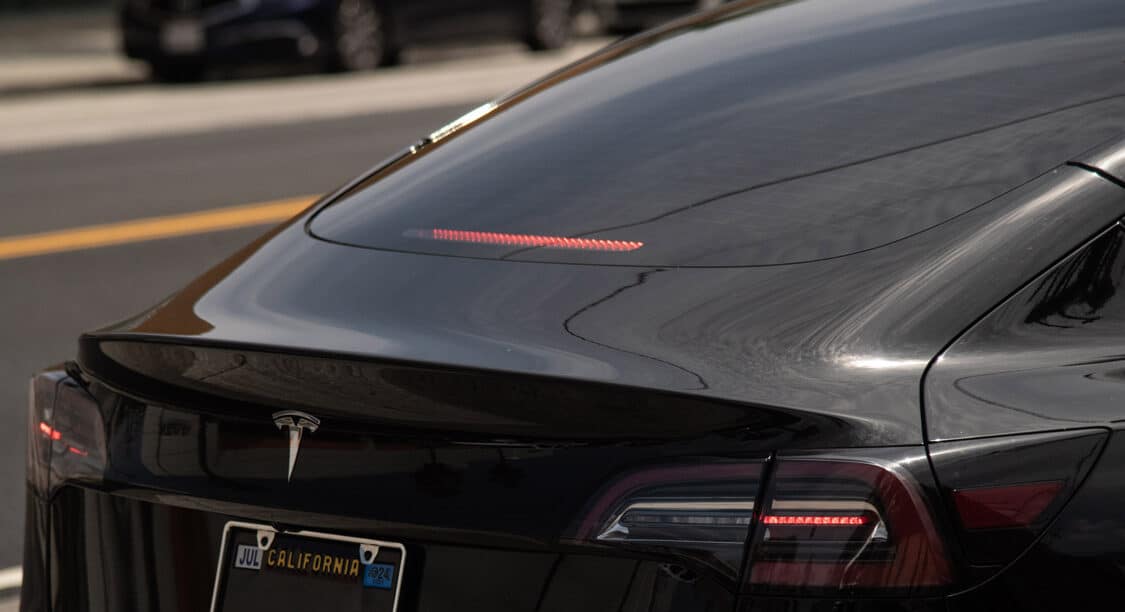
Enhancing Safety and Awareness: Addressing the Issue of Brake Light Visibility in EVs with Regenerative Braking
Modern electric cars have a CHMSL, but most are not currently actuated by regenerative braking, only by applying the friction brakes (e.g. hydraulic disc brakes), as there’s a switch attached to the brake pedal that knows when you are actively applying the brakes.
This creates a bad situation for anyone traveling in a vehicle, especially an EV, that offers regenerative braking or even adaptive cruise control, the latter of which uses millimeter-wave radar to sense when vehicles ahead are traveling slower, and will hold your vehicle a certain distance behind that vehicle, matching its speed. It will also speed up when traffic in front of you speeds up or clears out of the way.
ADVERTISEMENT
Regenerative braking can be varied in some vehicles, and can be set aggressively enough to slow a vehicle very rapidly, just by reducing pressure on the accelerator. Hyundai, for example, has a one-pedal option on its Ioniq 5 (and it’s similar relative, the Kia EV6), called i-Pedal, that lets you drive without using the brake pedal at all. Actually there are 5 different options: i-Pedal, Regen Level 3, Regen Level 2, Regen Level 1 and Regen Level 0. The brake lights do light up during regeneration, but do not in levels 0-1. The problem is that there’s nothing to light up the brake lights, including the CHMSL, when you use these modes. Vehicles behind you may not notice the car slowing down until it’s too late.
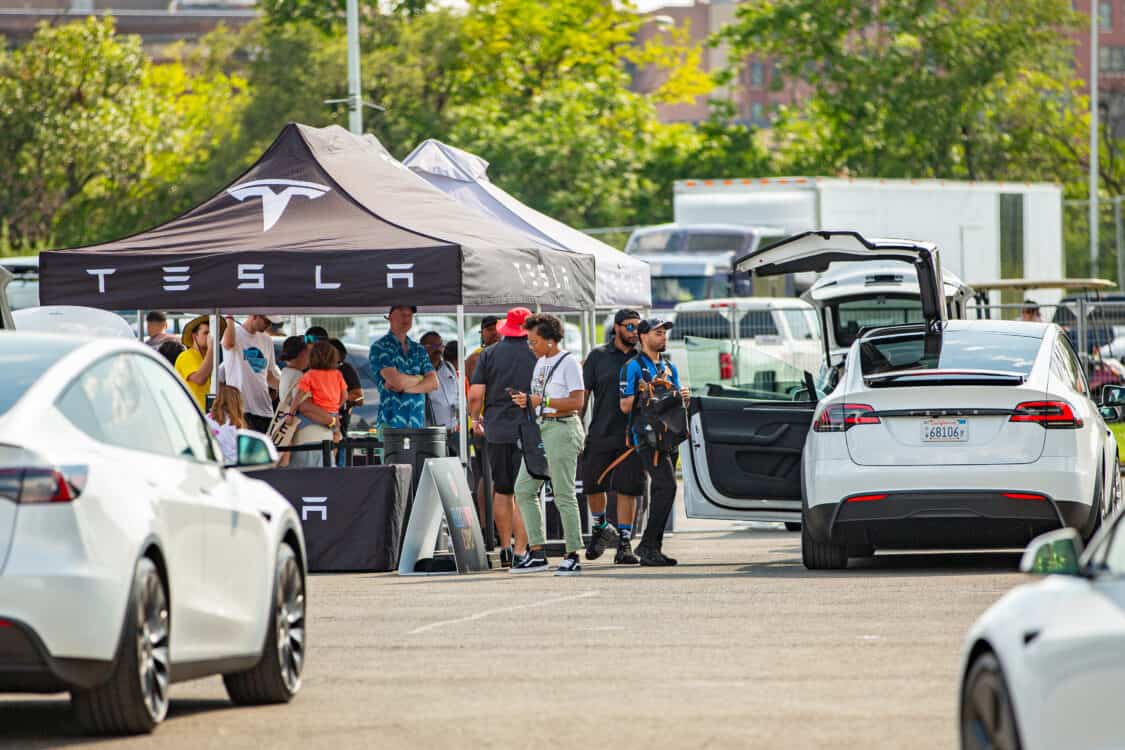
A Closer Look at Tesla, Chevy Bolt, and Harley-Davidson’s Systems
Tesla has implemented a way to use its brake lights under certain amounts of deceleration via regenerative braking, and they do light up when you’re using the friction brakes. They’ve simplified their options for regen to “Normal” (c’mon, Elon, can’t you think of a more humorous way of saying that?) which will slow the car fairly quickly, and “Low” which slows the car much slower.
GM’s fun little EV, the Chevy Bolt, offers 4 different levels of regenerative braking when you lift off the accelerator pedal. The first mode will basically let the vehicle coast with just a little regeneration, close to what an ICE (internal combustion engine) vehicle with an automatic transmission would do. You can add significantly more regenerative braking on-demand when you squeeze a paddle on the back of the steering wheel. You can also select one-pedal driving mode, which gives you much more control of regen using just the accelerator pedal, lifting off increases the braking. Using the paddle in this mode maximizes regenerative braking and can bring the car to a complete stop.
ADVERTISEMENT
GM’s Brake Light System vs. Harley-Davidson’s Approach
GM, to their credit, did set up this system to actuate the brake lights any time the car reaches about 2 Gs of deceleration. This is a definite improvement over Hyundai’s system.
Harley-Davidson put accelerometer-based brake lights in their electric Serial 1 bicycles, but not in the LiveWire electric motorcycles. The two companies are operating independent of each other, and to some extent of Harley, but some consistency in safety features would be useful. Even in Harley-Davidson’s ICE bikes, an accelerometer-based brake light system would help for the times when riders downshift to allow for engine braking. Getting hit from behind by a car or a motorcycle is something that all riders fear.
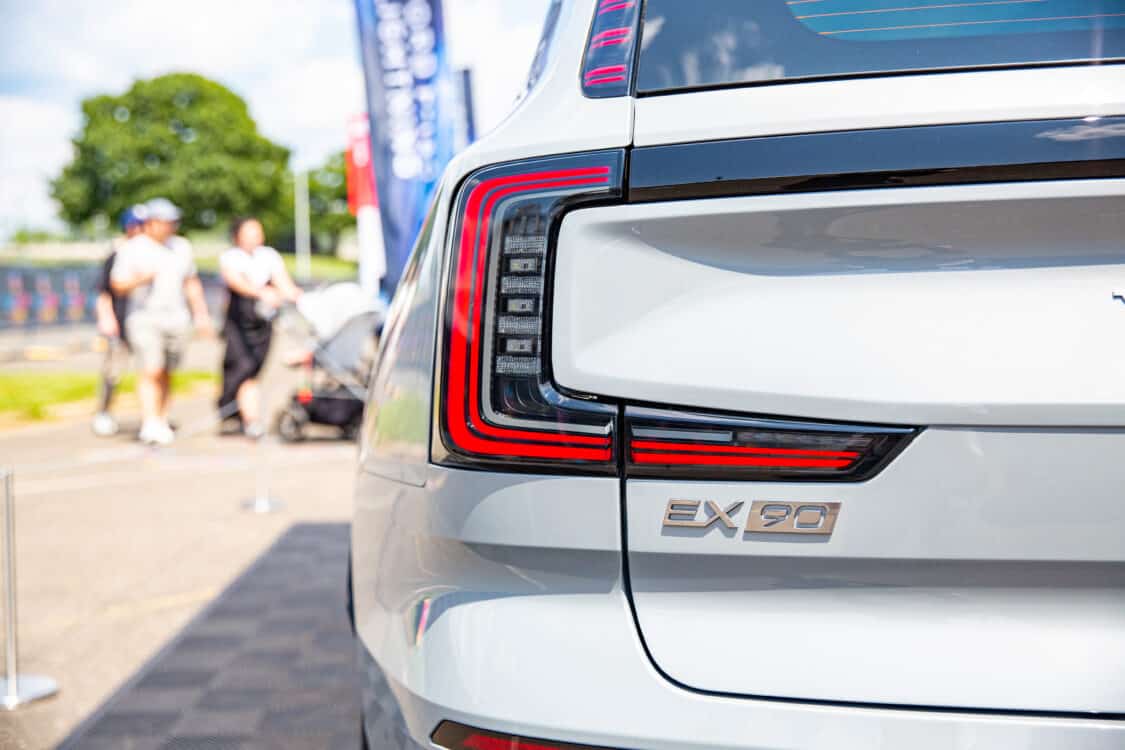
Urgent Need for Standardization: Addressing the Gap in Brake Light Regulations for Advanced Vehicle Technologies
The problem here is that there is no standard for this, nor are any of the vehicle manufacturers doing anything wrong with their individual solutions. The problem is that there are no current updates of the law to take these situations into consideration. Current laws only deal with requirements for brake light actuation “when the service (friction) brakes are applied.” Our technology has obviously passed beyond this. Some companies have included the ability to actuate brake lights on deceleration, others have not.
The law that required CHMSLs has quite obviously been a good one, so the automotive industry needs to come together and agree on standards, or we need to codify and pass laws to govern this.
Modern cars owe their instrument layout to the 1916 Cadillac Type 53, a left-hand drive vehicle with a foot pedal accelerator on the far right side, with a brake pedal to the left of it, and a clutch pedal to the left of that. A handbrake and gear shift lever were operated by the right hand. Prior to that, it was the wild west and controls varied widely from car to car. With the millions of cars on the road today, we can’t have that kind of unknownness and variables while driving.
We need to know what to expect.
ADVERTISEMENT

FEATURED IMAGE: TESLA
FTC: We use income-earning auto affiliate links. Learn more.


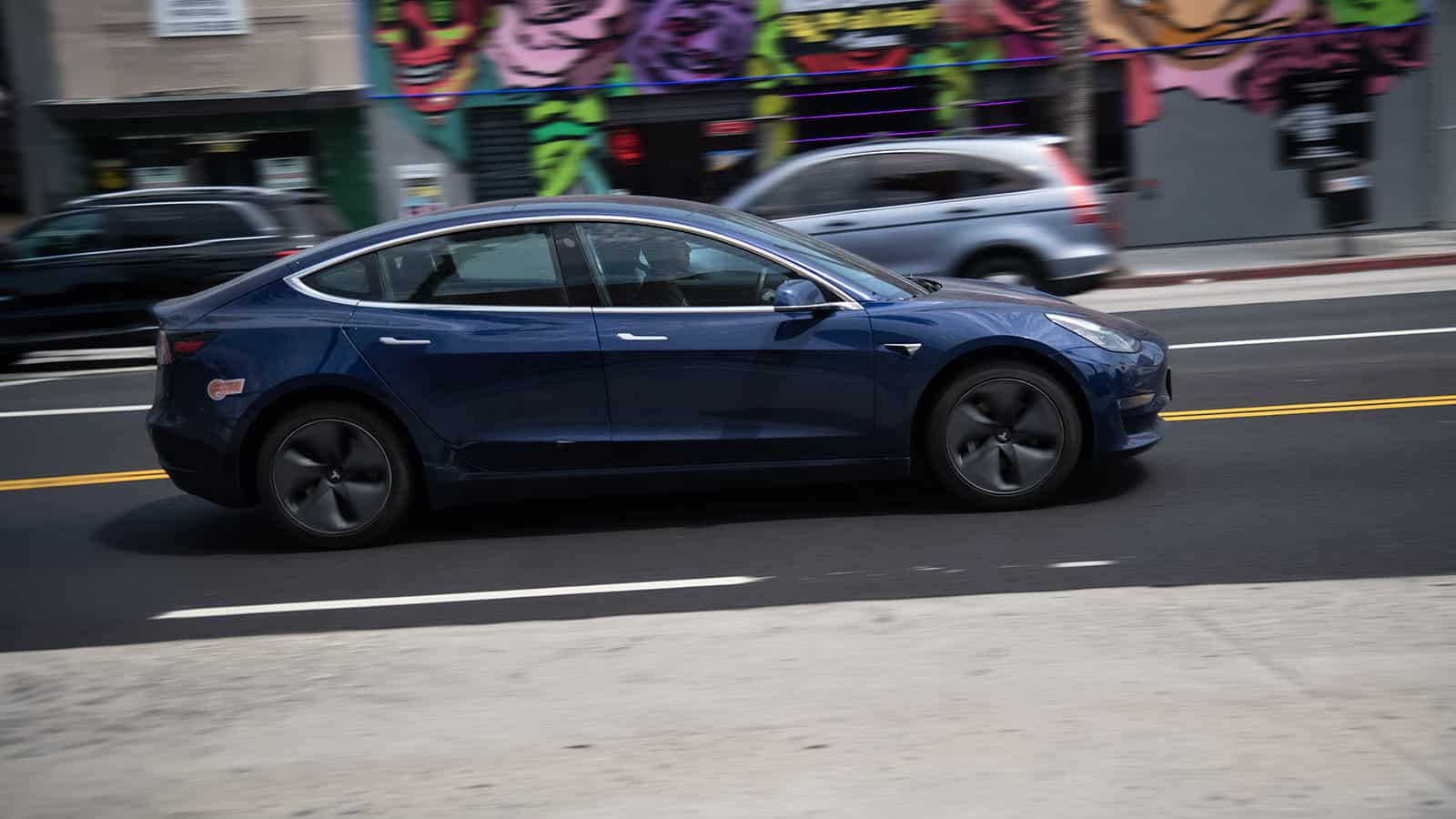
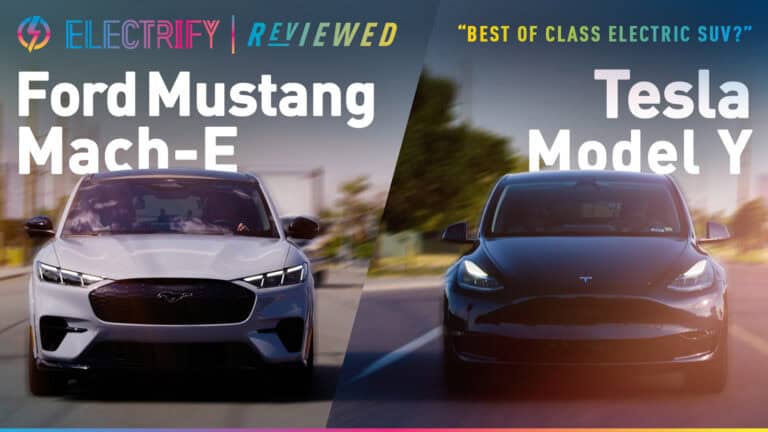
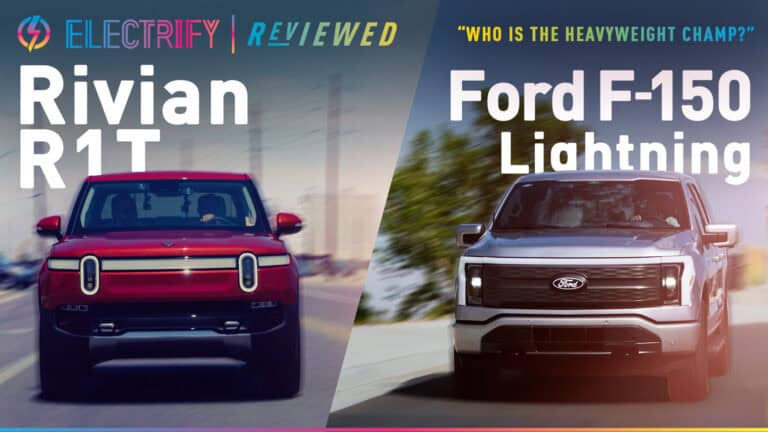
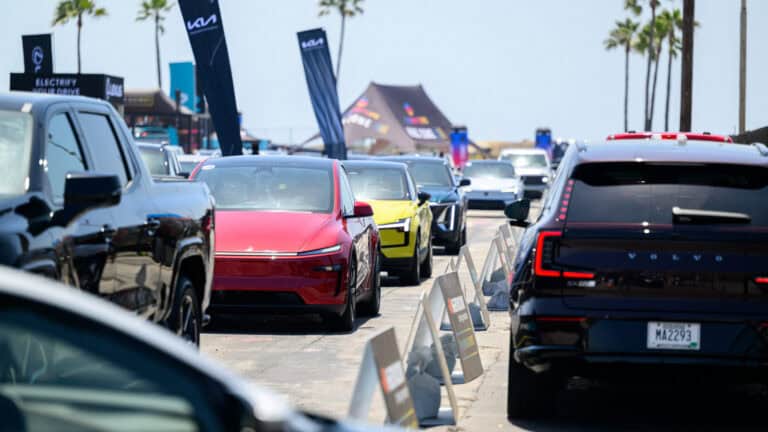
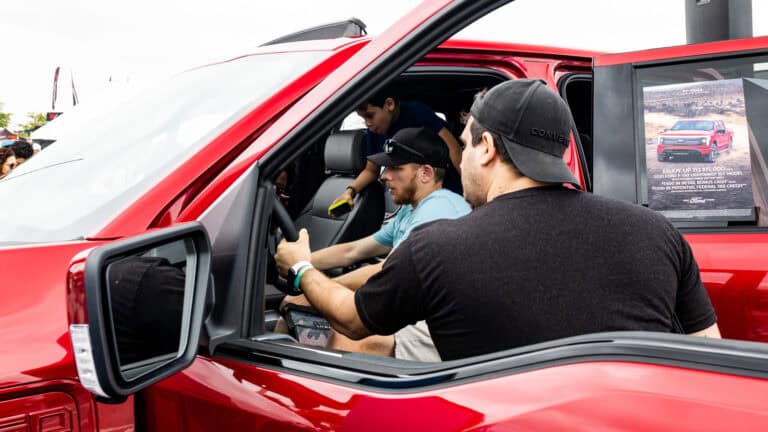

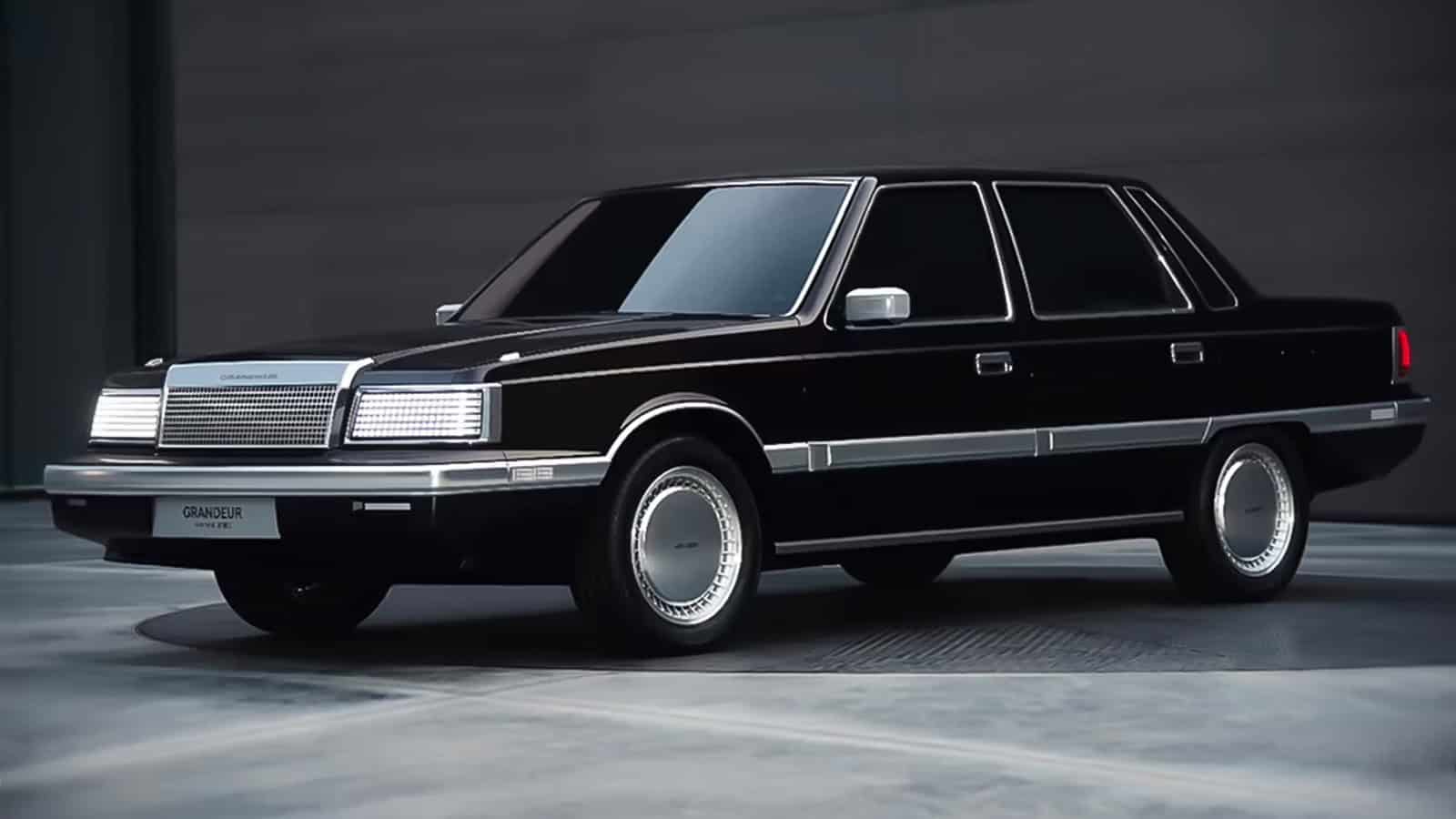
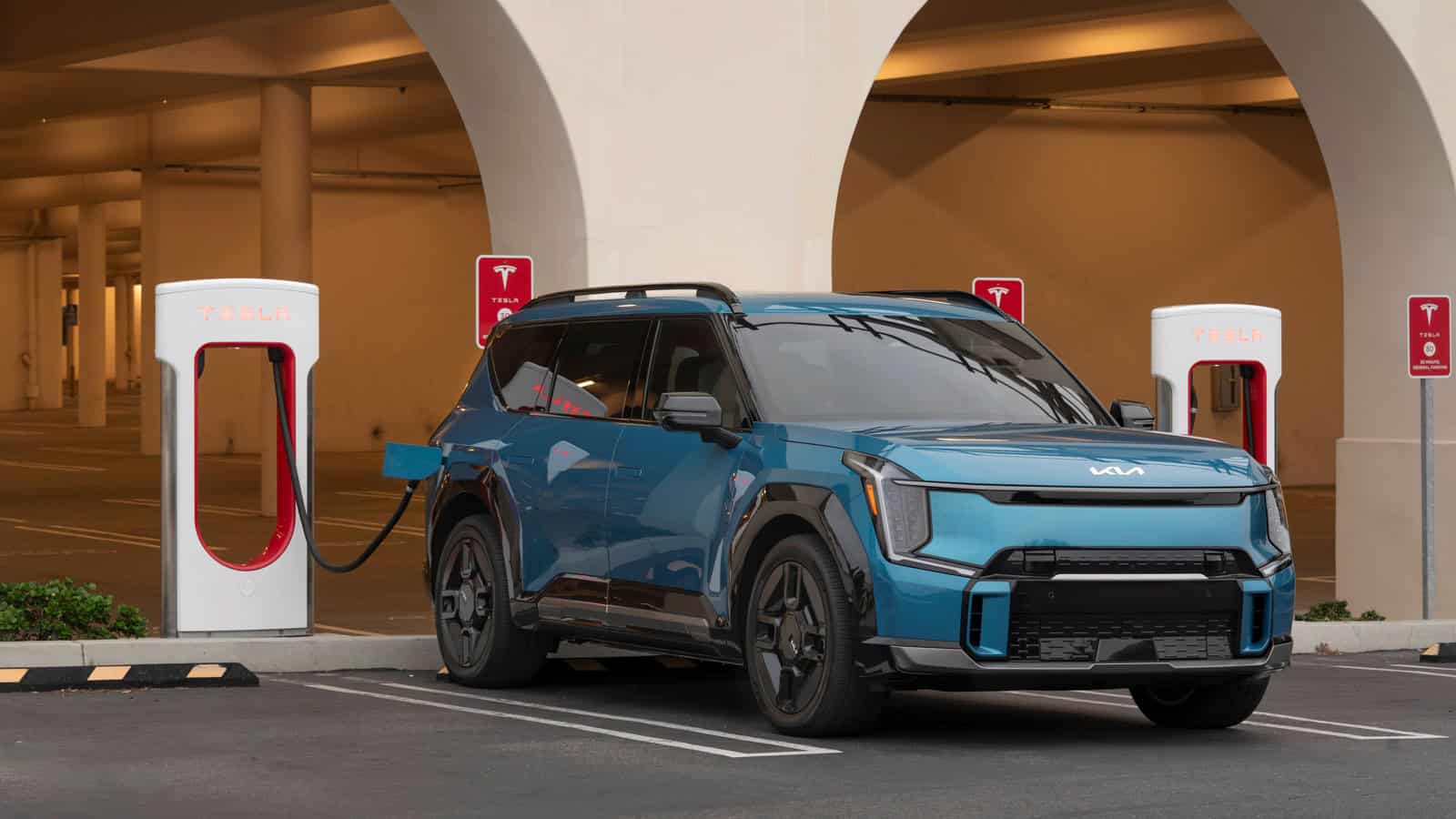
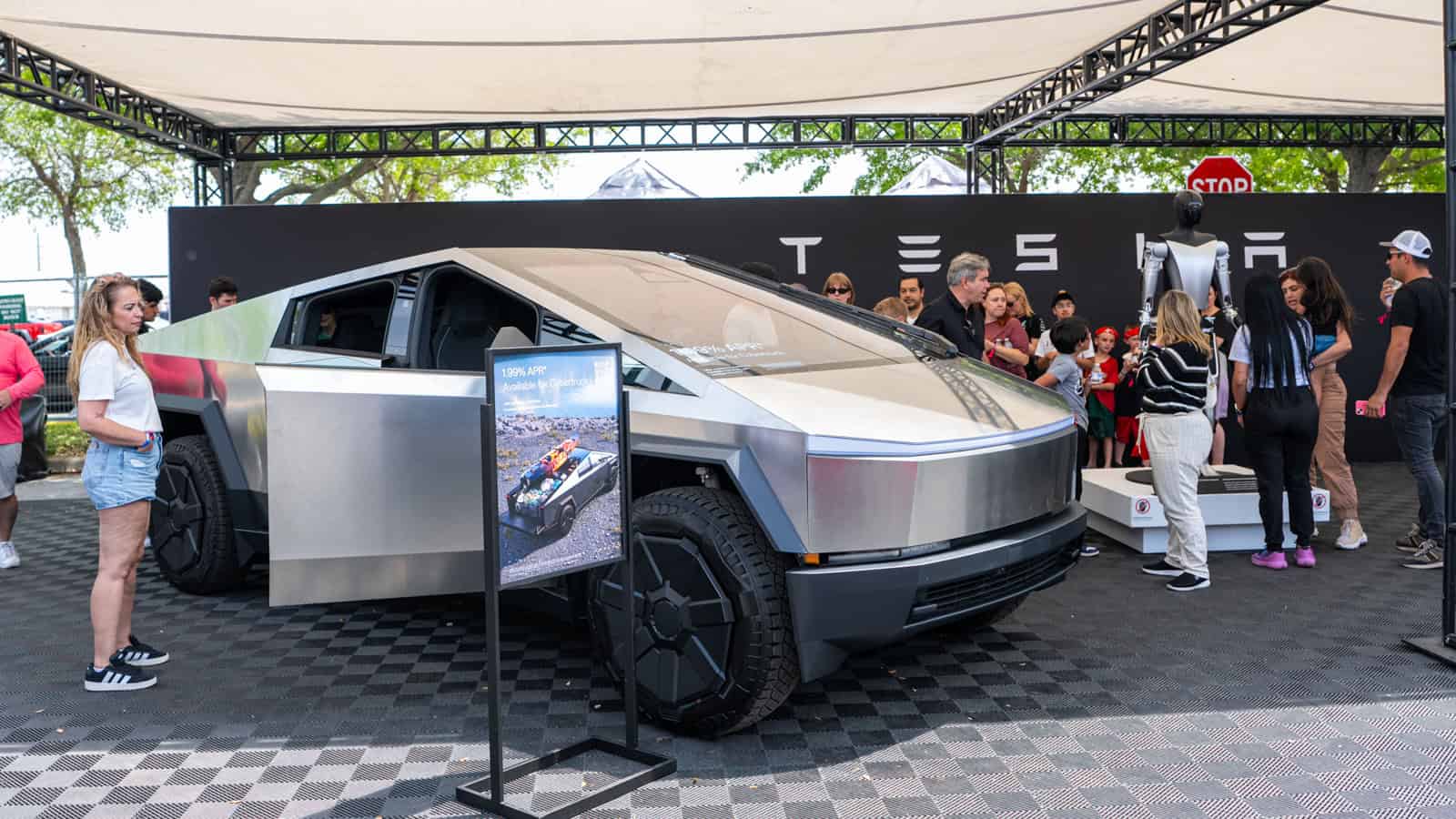

One Response
Maybe idiots will be less inclined to tailgate as they increasingly get into accidents.